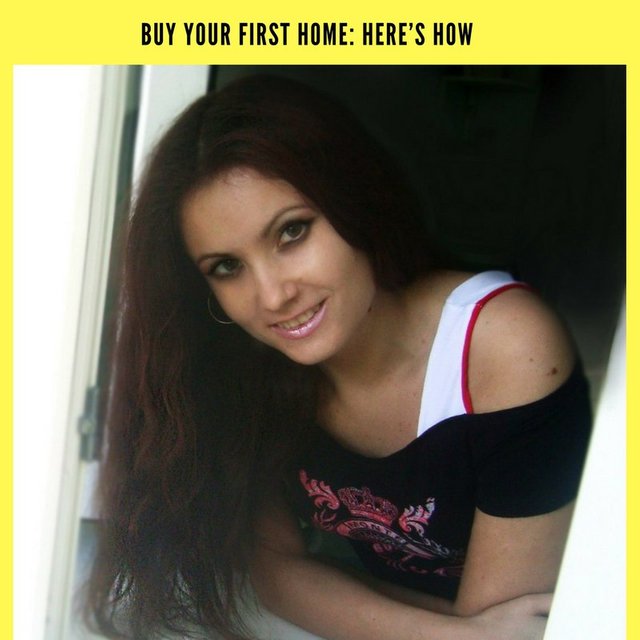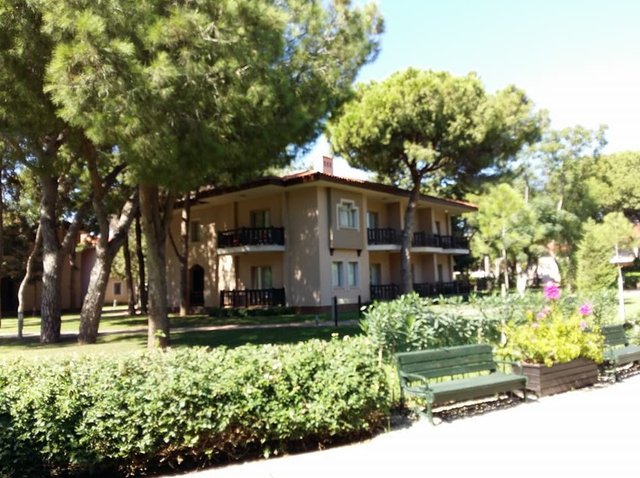Buy Your First Home: Here’s How

Employment is starting to pick up and interest rates are still phenomenally low. If you are thinking of buying your very first home, you should do it before interest rates start going back up. But buying a home is a complicated process and it can seem daunting. Let’s see if we can break it down and make it a little simpler.
A lot of people buy a small starter home at first, especially in an expensive real estate market. This is a good idea, but only if you intend to keep the house long enough to make the buying and selling costs worthwhile. Two or three years is probably an absolute minimum. When you’re evaluating what length of time will make buying a home a good decision, you’ll need to think about what you expect home prices to do during the time you own the house and how much the tax benefits of homeownership during that time will be.
Find out how much you can afford. Typically, you can be approved for a loan payment of a certain percentage of your gross income. When you know the amount of the payment, you can calculate a loan amount that you would qualify for. There are two ratios: the front end ratio and the back end ratio. To calculate your front-end ratio, divide your monthly housing costs by your monthly gross income. Housing costs include the loan payment, homeowners association dues, property insurance and taxes. Lenders typically allow a front end ratio of 31% – 33% of your gross income.
Add your monthly debt payments to your housing costs and divide by your gross monthly income to get your back-end ratio. Debt payments include credit cards, student loans, car loans and any other loans you may have outstanding. Lenders usually allow a back end ratio of 43% to 45%.
You must meet both the front end and back end ratio. If your recurring debt payments are more than 12% of your income, the back end ratio will determine the payments you can qualify for. Calculate these ratios to see what payments a lender would approve you for.

You’ll also need a to come up with cash for a down payment and closing costs. Traditionally, homeowners came up with a 20% down payment and financed the other 80%. However, since many first time home buyers have trouble coming up with 20%, there are many loan programs out there that allow a higher loan to value ratio. Eighty percent and even ninety percent loans are common. Some programs, such as FHA, have 96.5% loans. There are even some VA loans with zero down payments.
A Realtor or mortgage broker can help you calculate these numbers and tell you which types of loans you qualify for. Several online lenders have mortgage loan calculators that can give you this information instantly. You should be able to get all of this information without committing to a lender or a Realtor.
Now that you know how much a lender thinks you can afford, you need to decide how much you think you can afford. You need to have a general idea of how much you think you could pay each month, how much you could financed for, and what kind of homes are available in your area in those price ranges. Then make a decision about what you are willing to spend to buy a home. If you’ve decided on a payment that’s more than you’re currently paying in rent, it’s time for a practice run. Take the “extra” money every month and deposit it into a savings account. You’ll be making sure that your budget can handle the extra cost while tucking away a little extra for the down payment or closing costs.
If there is anything that might keep you from qualifying for a loan, this is the time to start working on it. Pay down loans, make sure you can show that you have a steady income and make all of your payments on time to get your credit score up.

Now for the fun part: start looking for a home. In most cases, you should find a good Realtor to work with. The seller pays the commission anyway and a good agent can save you a lot of time and money. Use an agent who sells real estate full time, as their job, not someone who sees real estate as a side job of hobby. If you are considering buying a new home, you might choose not to use a Realtor. Many builders will cooperate with your Realtor and pay them a commission, but that leaves you less negotiating room on the price of the home. These new homes in Chula Vista are ideal. It’s perfectly acceptable to look for new homes on your own while having a Realtor show you resales as long as you let the Realtor know that’s what you’re doing.
keep up the good work.
next time add more photos, looking good :)
Nice explanation here @enigma84, hopefully it helps many a newbie to their first home.
Thank you for support, I hope so too)
This post has received a 10.68 % upvote from @booster thanks to: @enigma84.
This post has received a 81.63 % upvote from thanks to: @enigma84.
thanks to: @enigma84.
For more information, click here!!!!
The Minnowhelper team is still looking for investors (Minimum 10 SP), if you are interested in this, read the conditions of how to invest click here!!!
This post has received gratitude of 5.42 % from @appreciator thanks to: @enigma84.
This post has received a 10.49 % upvote from @sneaky-ninja thanks to: @enigma84.
This post has received a 3.46 % upvote from @buildawhale thanks to: @enigma84. Send at least 1 SBD to @buildawhale with a post link in the memo field for a portion of the next vote.
To support our daily curation initiative, please vote on my owner, @themarkymark, as a Steem Witness
upvoted done 43% $arslan.saleem
This post has received a 20.83 % upvote from @aksdwi thanks to: @enigma84.
Your post had been curated by the @buildawhale team and mentioned here:
https://steemit.com/buildawhale/@buildawhale/buildawhale-curation-digest-12-7-17
You have received a Whaleshare Token upvote by the account @officialfuzzy thanks to the whaleshares community and @buildawhale
Keep up the good work and original content, everyone appreciates it!